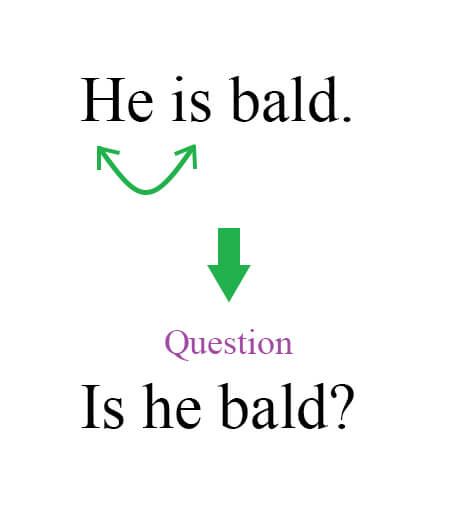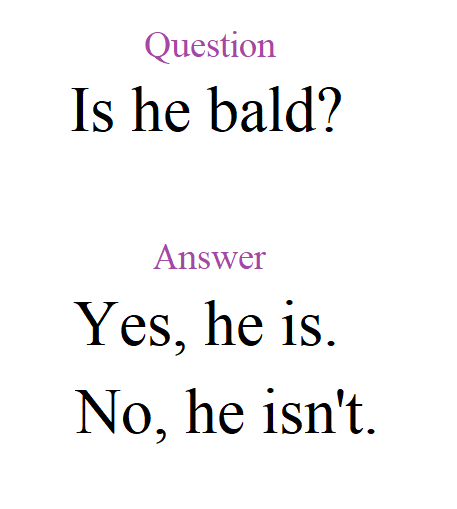Asking a Yes-No Question with an Adjective
- Yes-no questions can be formed with a subject and an adjective.
- The structure is: "Is/Are" + Subject + Adjective + ?
- Subjects can be subject pronouns, demonstrative pronouns, or "there".
- Ensure "is" or "are" matches the subject - "is" for singular, "are" for plural.
Simple yes-no questions can be formed using a subject and an adjective in English. These questions are easy to make and understand. Let's learn how to use them properly.
Yes-No Questions with Subject and Adjective
To form a simple yes-no question in English, switch the order of be verb and subject. The basic structure is: "Is/Are" + Subject + Adjective + Question Mark (?).

Examples:
-
Is the cat big?
Be verb - subject - adjective?
-
Are you happy?
Be verb - subject - adjective?
-
Is he a nice man?
Be verb - subject - adjective - noun?
With subjects like "this", "that", "these", "those" or "there", the same rule applies.
Examples:
-
Is this real?
Be verb - subject - adjective?
-
Are there many people?
Be verb - subject - adjective?
Remember to match the verb "to be" with the subject. "Is" is used with singular and "Are" is used with plural.
How to answer a Yes-no question
You can answer a Yes-No question with "Yes, (something) is" or "No, (something) is not."

Examples:
-
Is this real?
- Yes, it is.
- Yes, it is real.
-
Are there many people?
- No, there aren't.
- No, there aren't many people.
和AI英語導師一起練習這個主題
AI英語導師會教你文法,並以對話的形式和你一起練習。 另外,還有 100 多個有關該主題的練習題來鞏固您的理解。
在您的手機或平板電腦上免費試用 ALULA








你對這節課有任何問題嗎?請在下面的評論區提問。